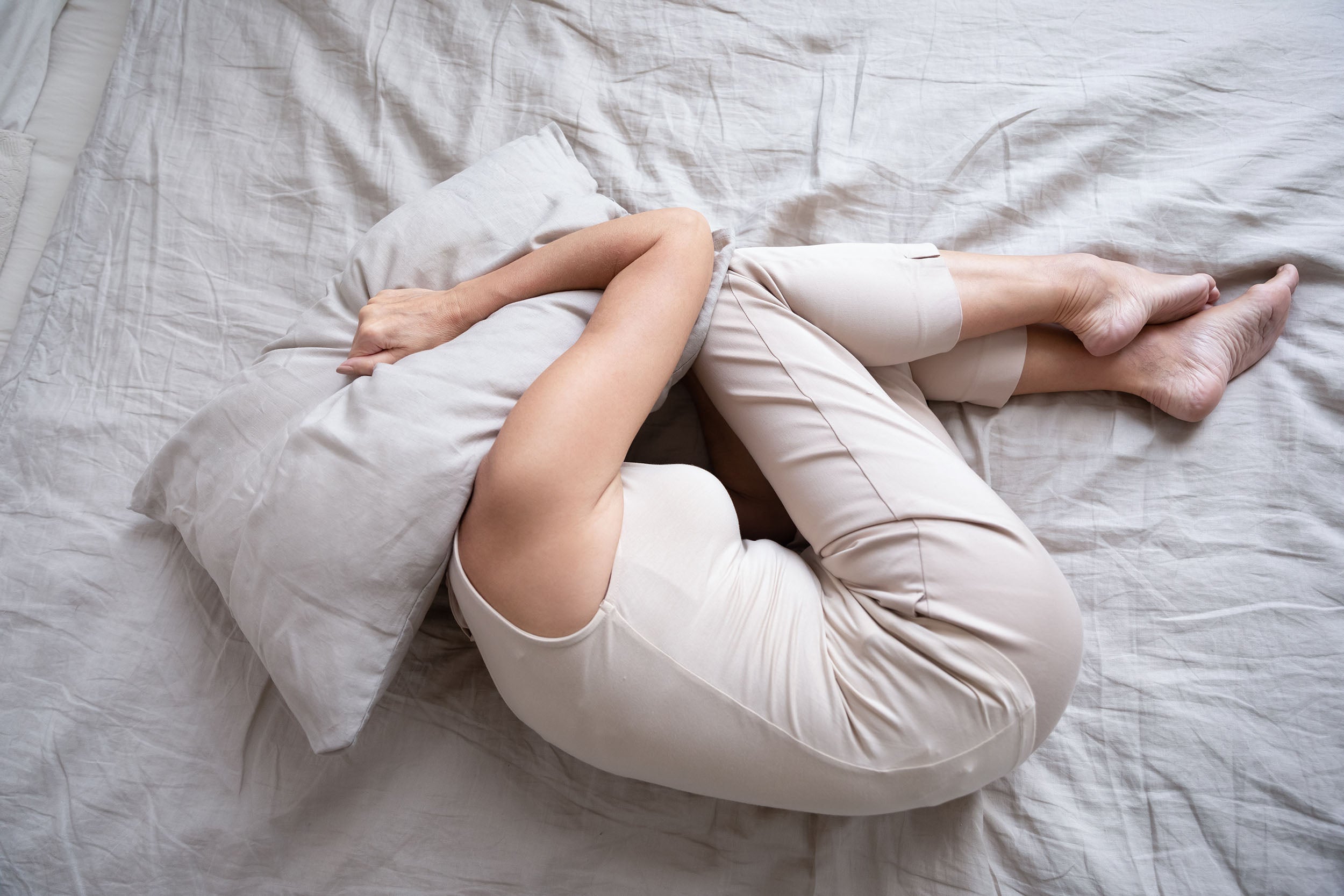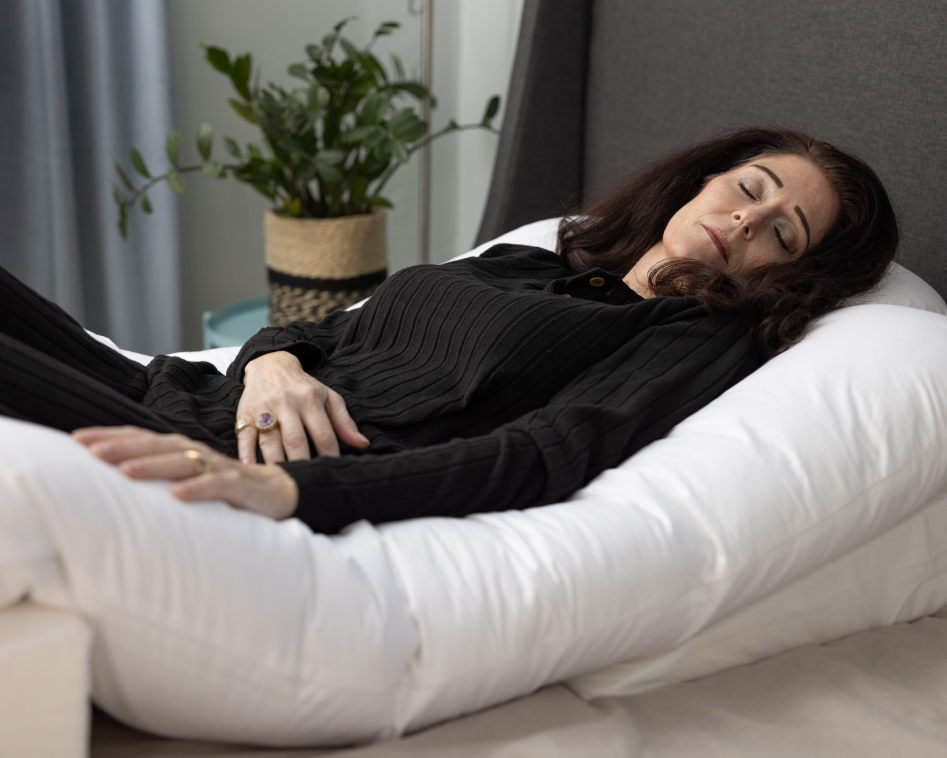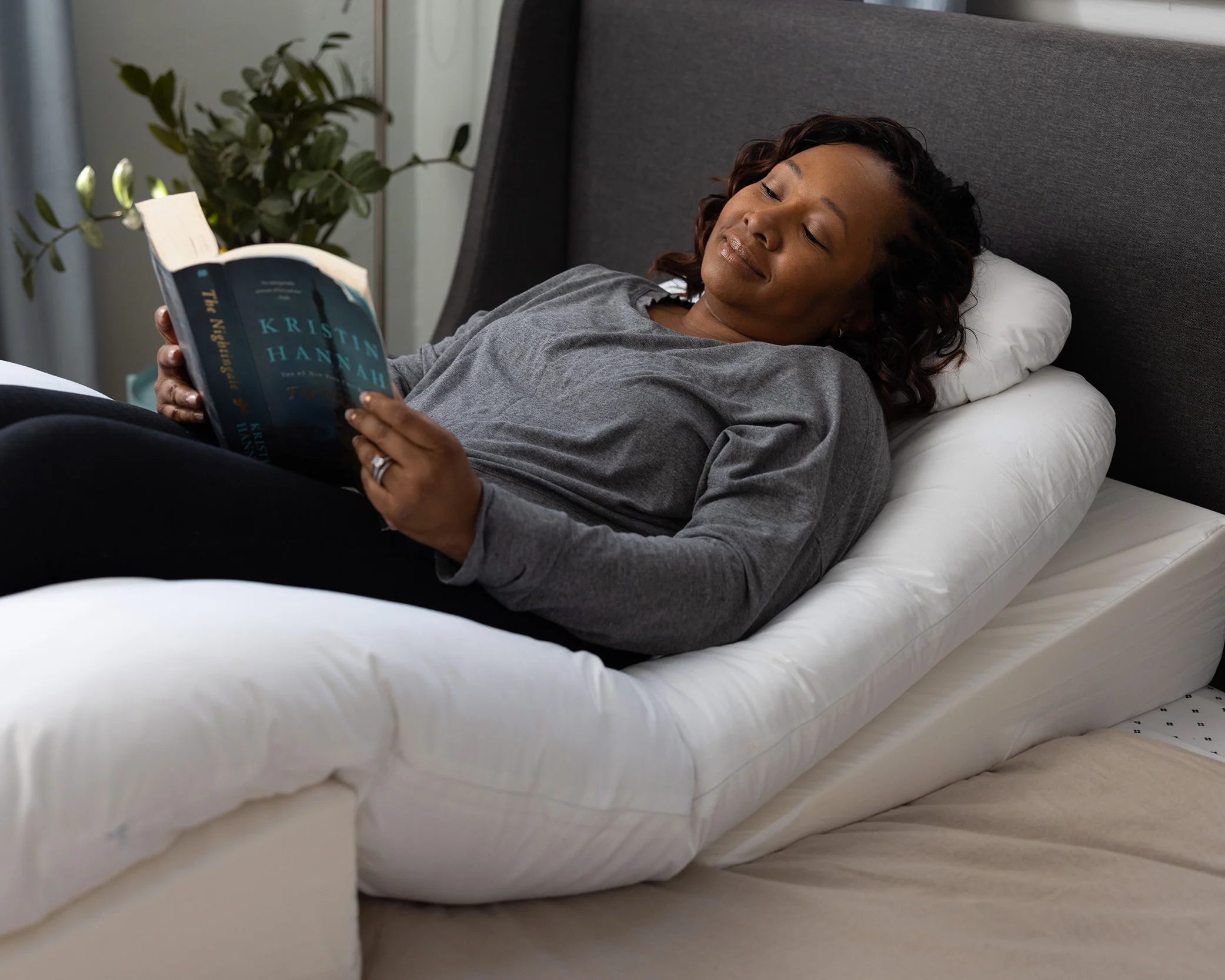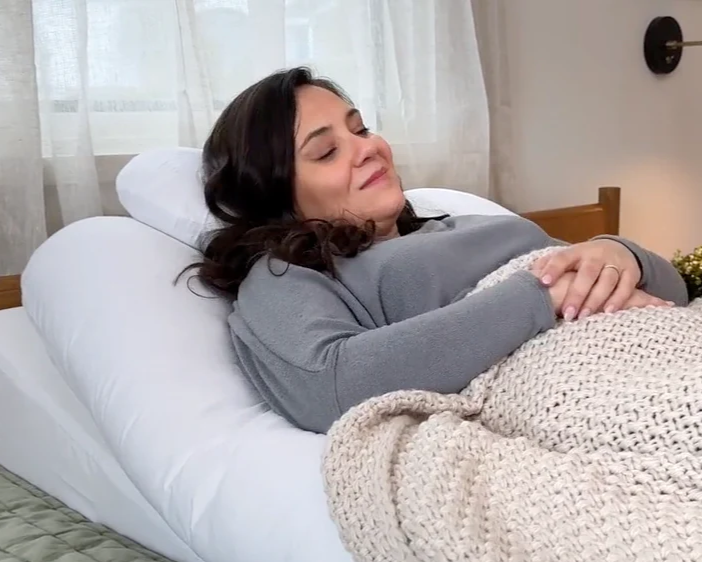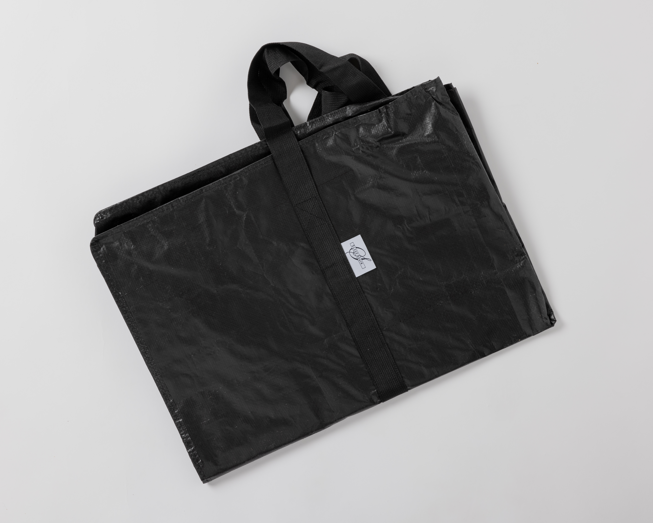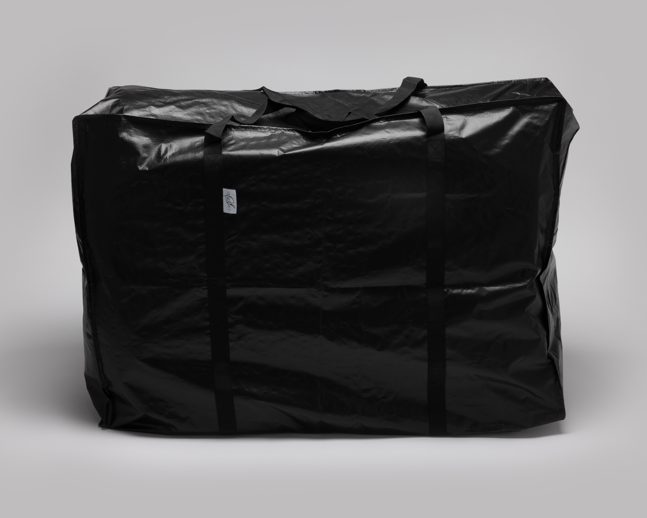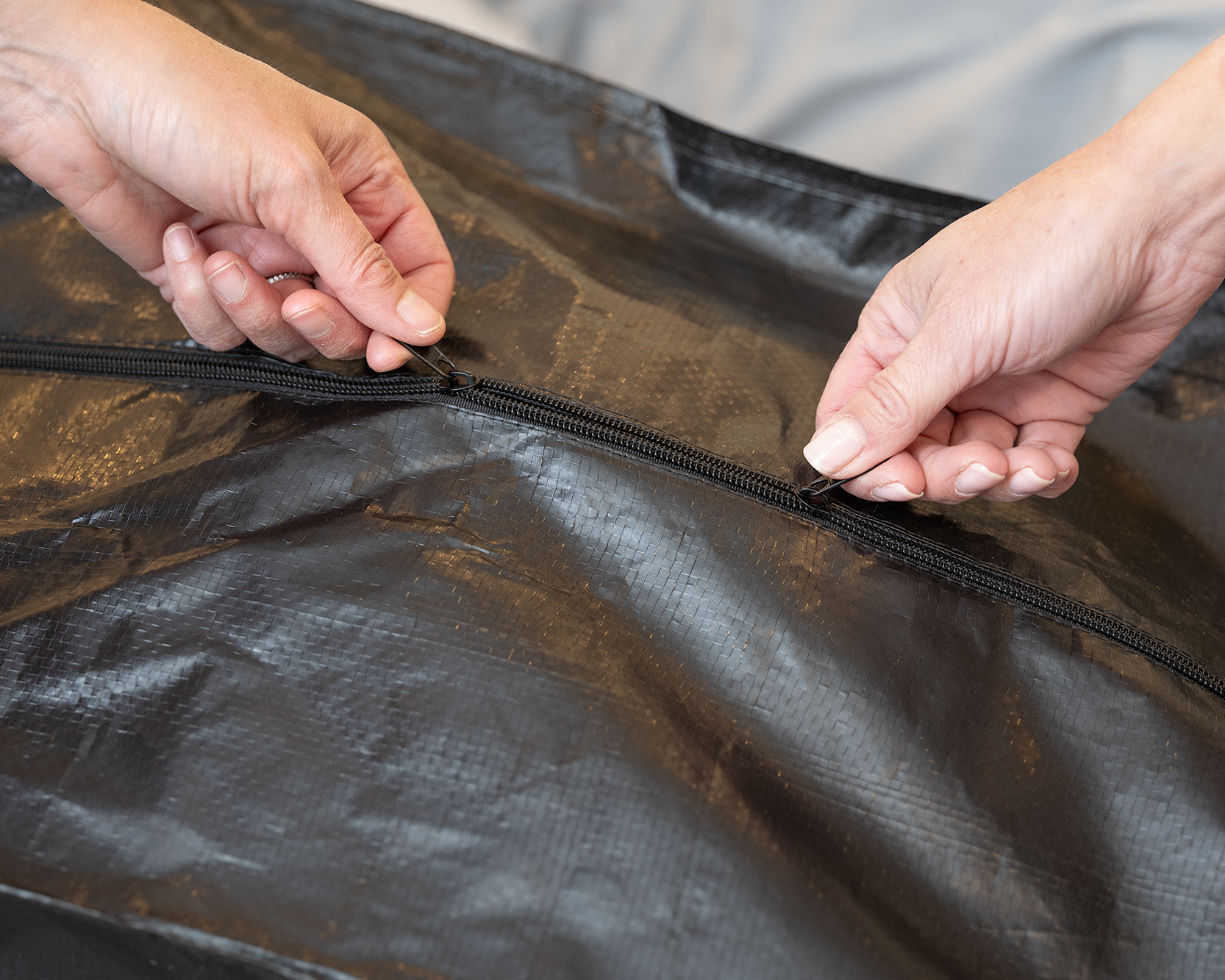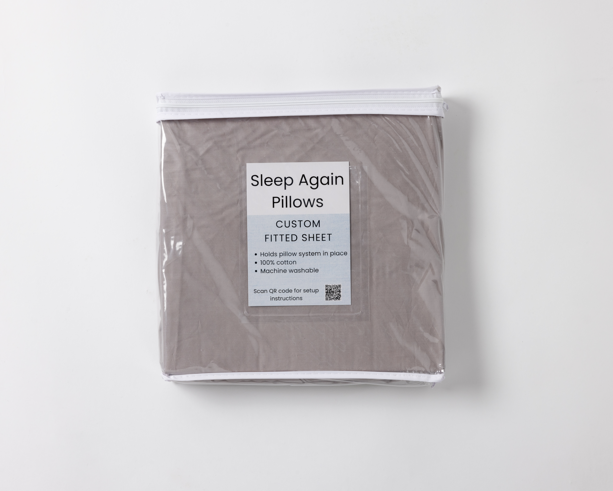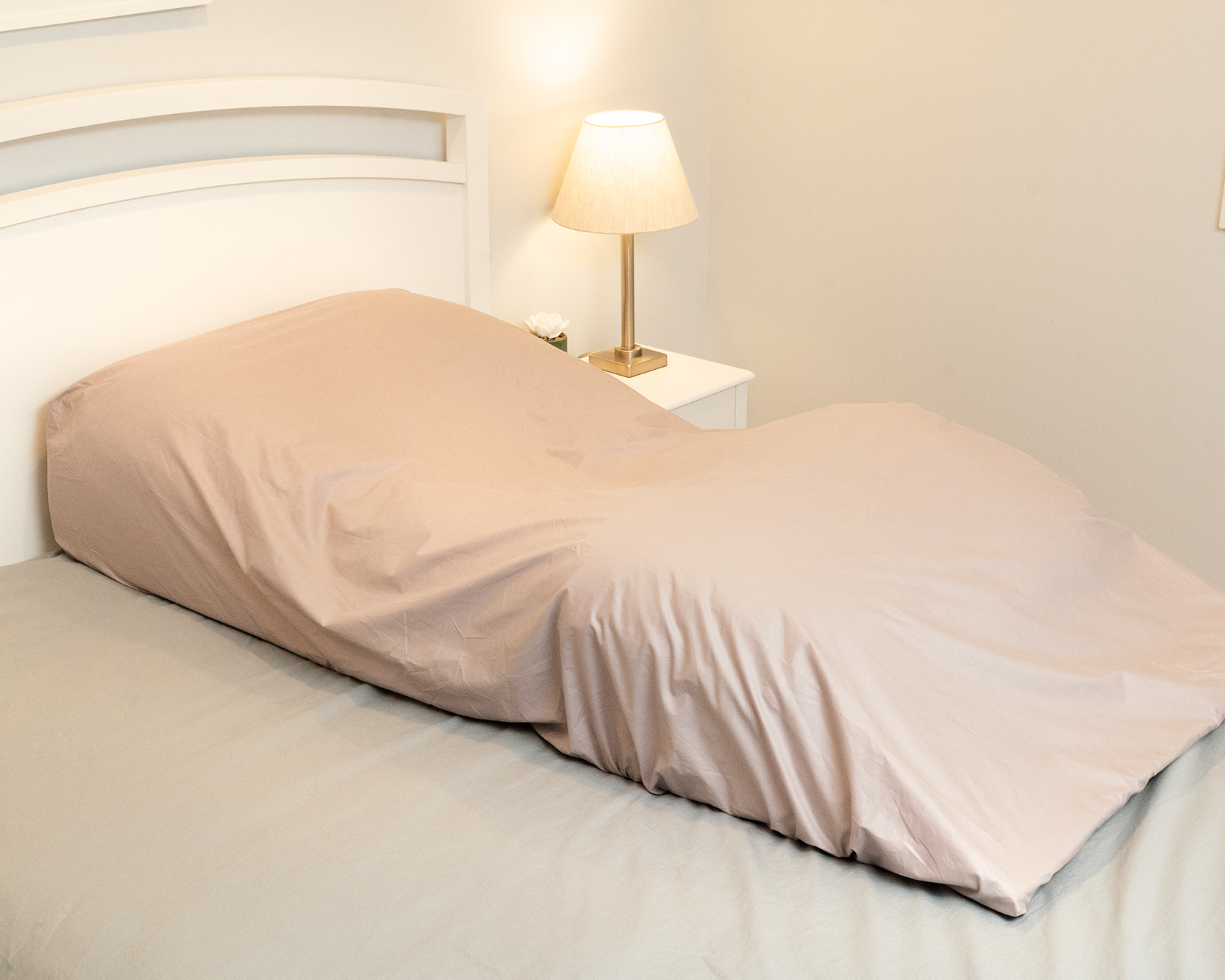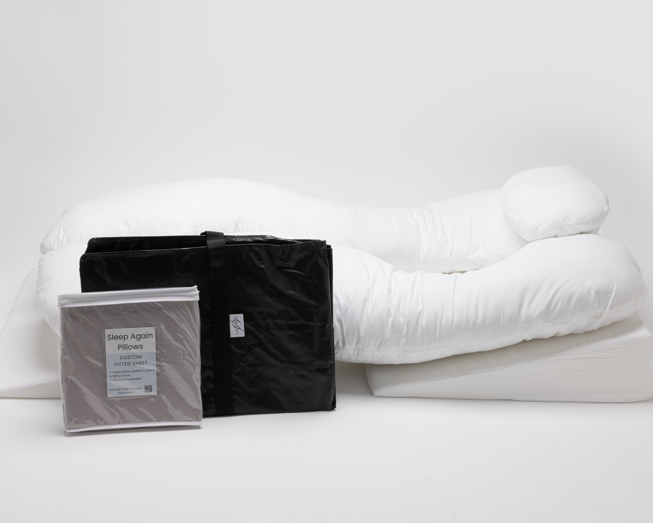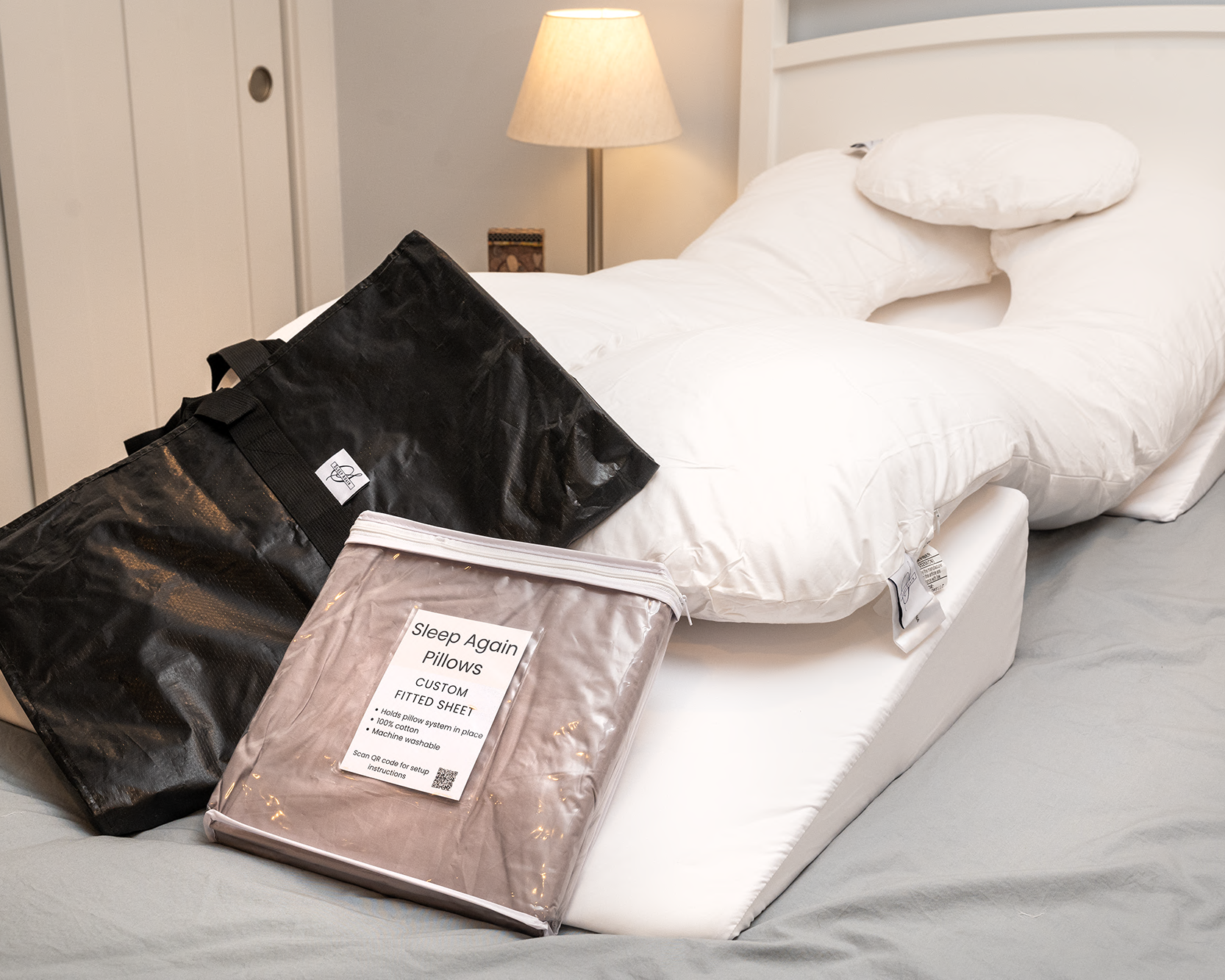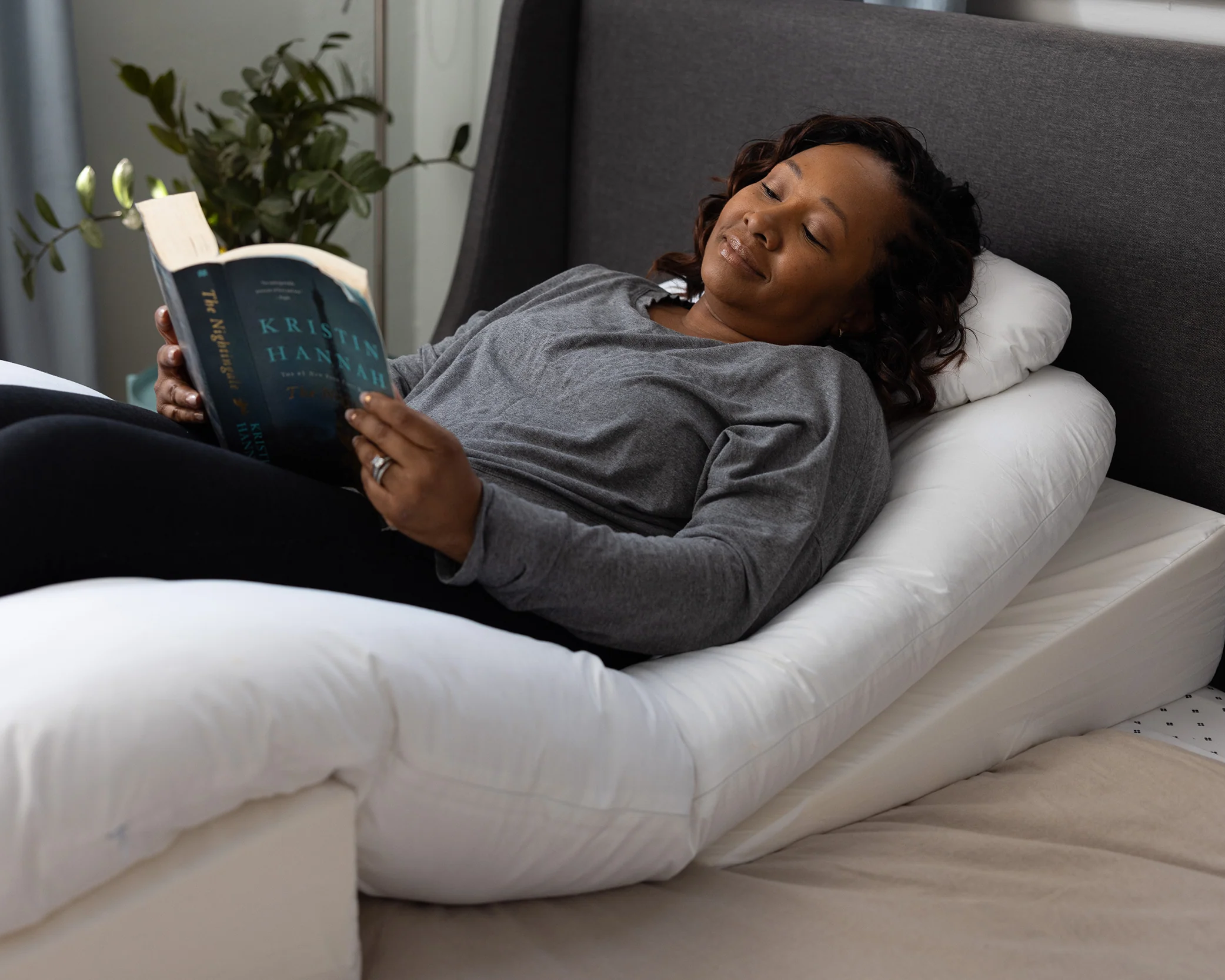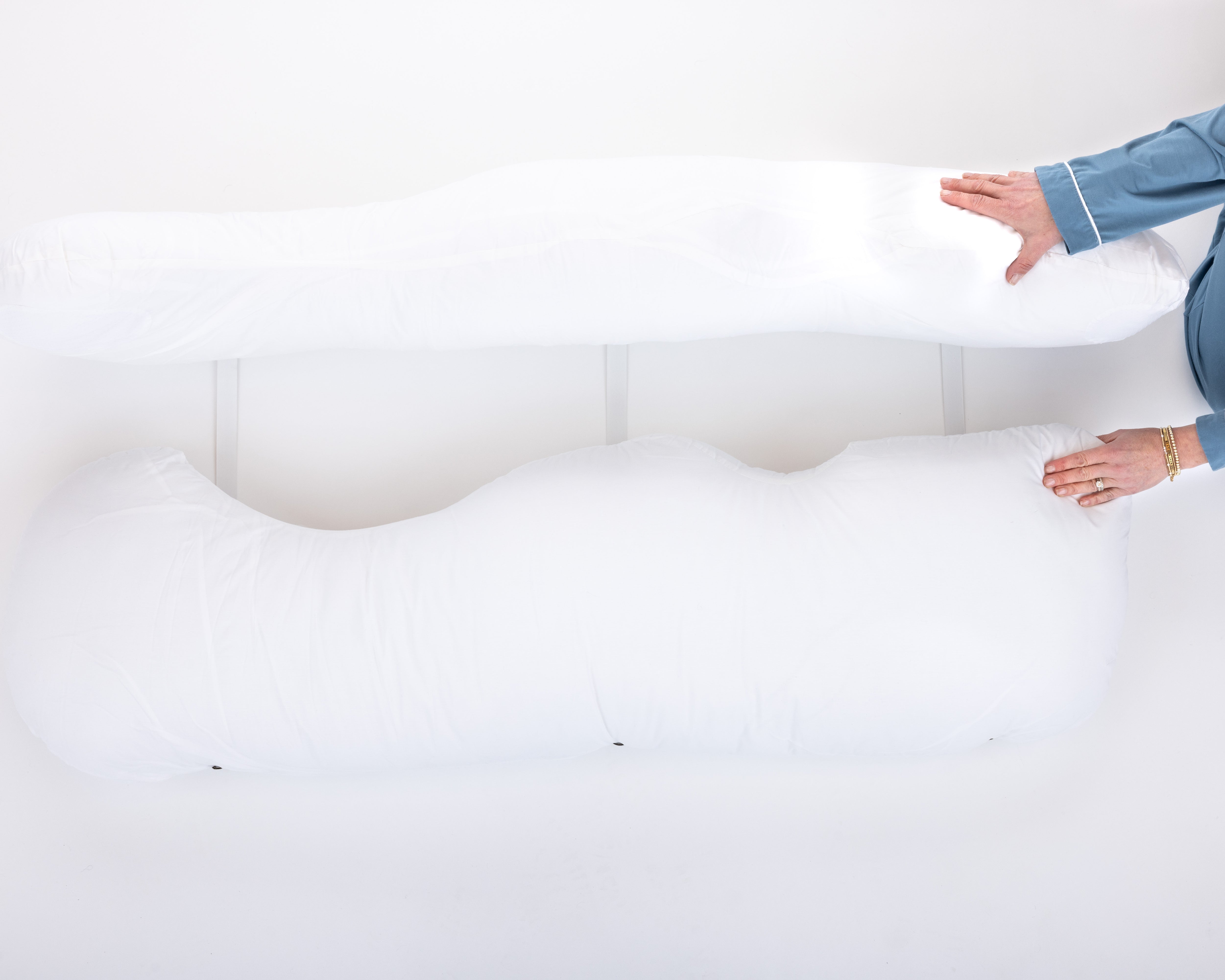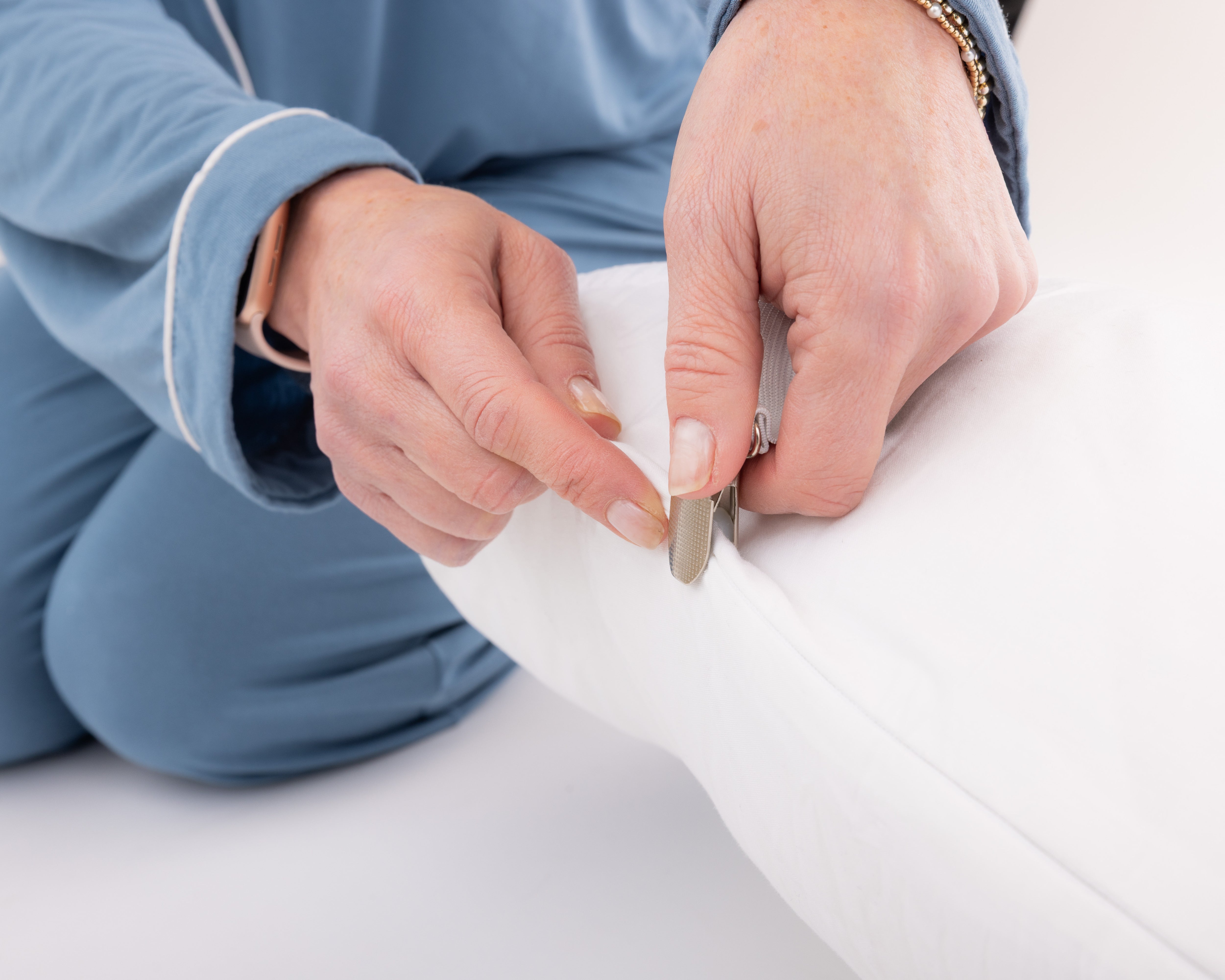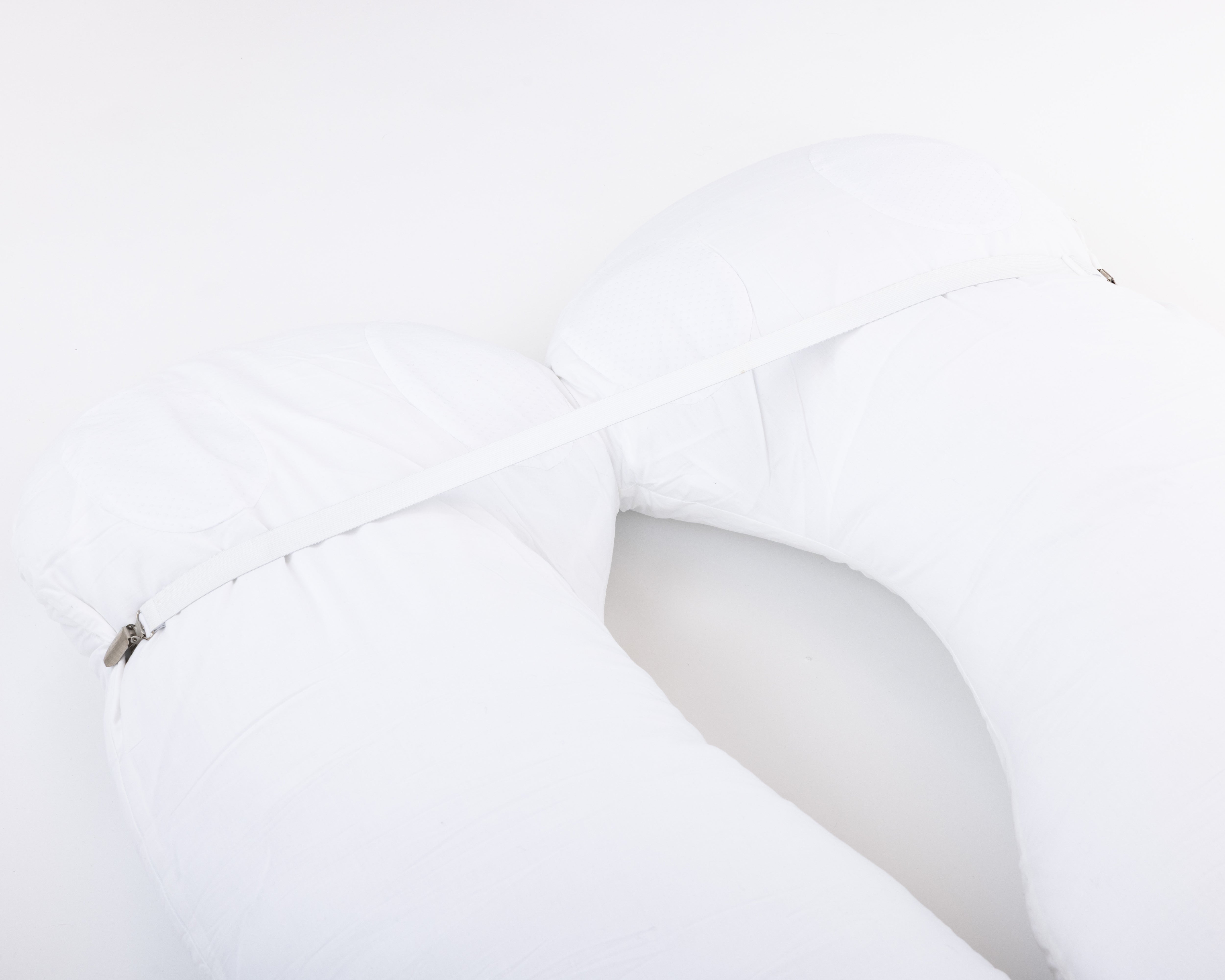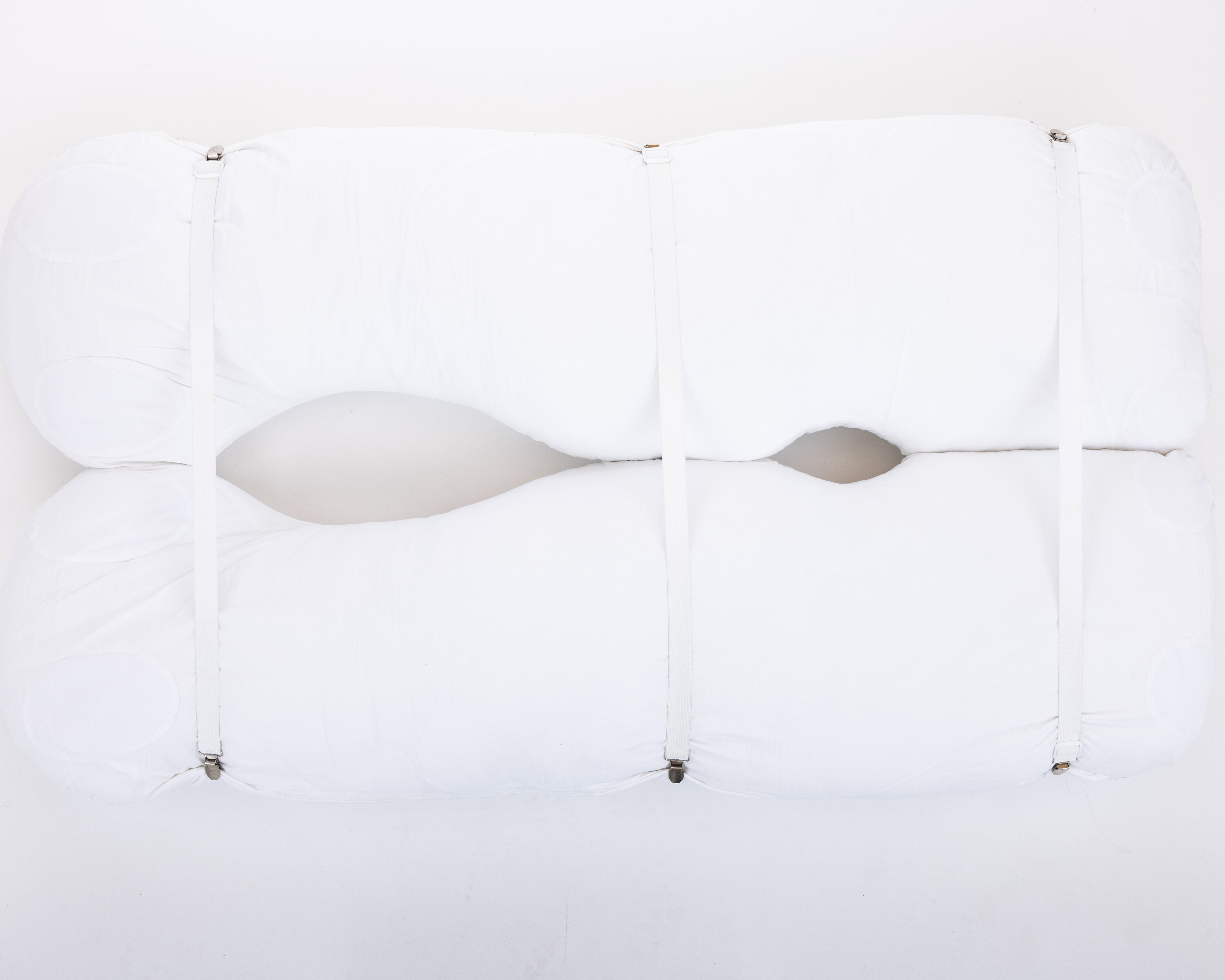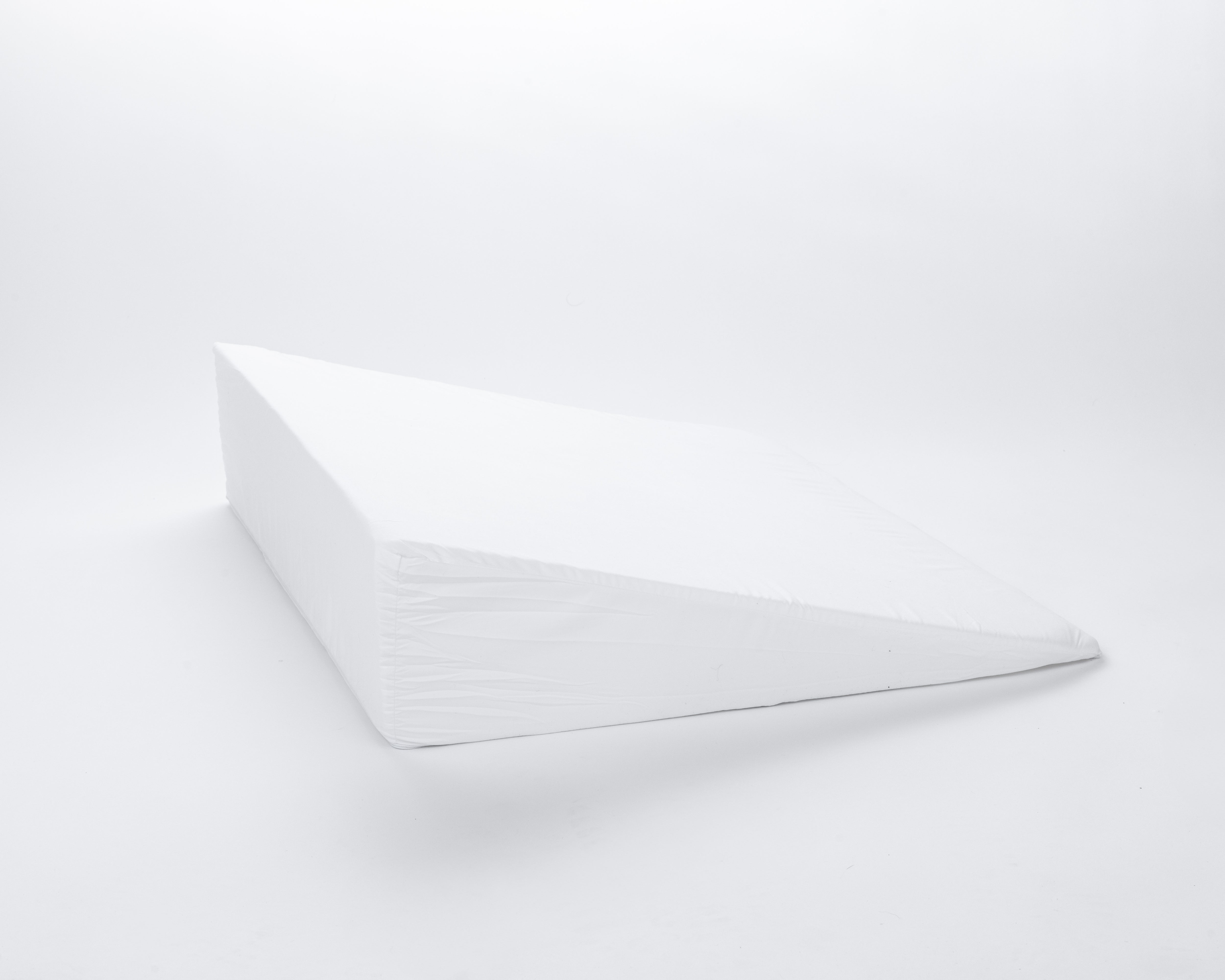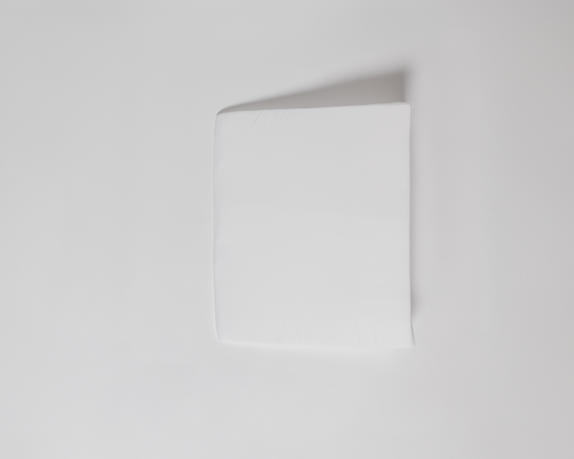When piriformis syndrome strikes, the sharp, burning pain radiating from your buttocks down your leg can turn bedtime into a nightly battle. If you're among the millions experiencing this condition, you're not alone—and more importantly, restful sleep is still achievable.
This comprehensive guide will walk you through everything you need to know about sleeping comfortably with piriformis syndrome, from understanding why this condition disrupts sleep to practical solutions that can transform your nights from painful to peaceful.
Understanding Piriformis Syndrome and Sleep Disruption
Piriformis syndrome occurs when the piriformis muscle—a flat, band-like muscle located deep in your buttocks—compresses or irritates the sciatic nerve. This compression causes pain, numbness, and tingling sensations that can radiate from your buttocks down the back of your leg, sometimes reaching all the way to your foot.
Why Sleep Becomes Challenging
The relationship between piriformis syndrome and sleep disruption is complex. Lying down can place pressure on both the piriformis muscle and the sciatic nerve, while certain sleeping positions can exacerbate compression and inflammation. The searing and burning symptoms of sciatica and piriformis syndrome can flare in a lying-down position, making it uncomfortable to fall asleep and difficult to stay asleep through the night.
Research indicates that piriformis syndrome may be responsible for 0.3% to 6% of all cases of low back pain and/or sciatica, with an estimated 2.4 million new cases annually. The condition predominantly affects middle-aged individuals, with women being affected six times more frequently than men.
The Science-Backed Best Sleep Positions for Piriformis Syndrome
1. Back Sleeping: The Gold Standard
Back sleeping is one of the best positions for managing Piriformis Syndrome. It helps keep your spine aligned and spreads pressure evenly across your body, which can ease pain and support better posture.
How to optimize back sleeping:
-
Elevate your knees using a pillow if you're a back sleeper
-
Keep your arms at your sides and your hips level
-
Use a small pillow or rolled towel under the natural curve of your lower back if needed
-
Ensure your head pillow maintains neutral neck alignment
-
Use a back sleeping pillow to maintain the back sleeping position
2. Side Sleeping with Strategic Support
Side sleeping is one of the most popular sleeping positions, and when you use proper sleep posture, it's also great for pain relief and better sleep quality.
Essential side sleeping modifications:
-
Place a body pillow between your legs and upper body if you're a side sleeper to align your hips and pelvis
-
Adding a pillow between your knees can give you extra support and help align your pelvis. This small adjustment can reduce pain and make it easier to stay comfortable through the night.
-
Choose the less painful side when possible
3. Reclined Sleeping: An Alternative Approach
If sleeping on your back or side doesn't bring you comfort or help you get to sleep, try a reclined position. Invest in a wedge pillow or a reading pillow to stay comfortable while sleeping in a reclined position.
This position works particularly well if you find relief when bending forward but experience pain when standing upright.
The Position to Avoid: Stomach Sleeping
Even though it's the second-most popular sleeping position in the U.S., you should avoid it if you're trying to recover from piriformis syndrome. Spinal alignment is very important when you're sleeping, but it's even more crucial for those with piriformis syndrome. When you sleep on your stomach, you move your head to the side which causes a curve in your spine.

Comprehensive Sleep System Solutions
The Sleep Again Pillow System: Designed for Recovery
For individuals seeking a comprehensive solution to piriformis syndrome sleep challenges, the Sleep Again Pillow System offers a medically-informed approach to nighttime positioning and support.
What Makes the Sleep Again System Unique:
The Sleep Again Pillow System was developed by a breast cancer survivor specifically to address post-surgery and injury recovery sleep challenges. This five-pillow system includes:
-
Two Contoured Side Pillows (48" long): These cradle your back and hips, providing the bilateral support crucial for maintaining proper spinal alignment and preventing painful movement during sleep
-
Upper Body Wedge: Creates optimal upper body elevation to reduce inflammation and improve circulation
-
Leg Support Wedge: Gently elevates legs to prevent swelling and maintain proper spinal alignment
-
Head Pillow: Provides head support while maintaining neck mobility
-
Removable, washable slipcovers for every component
Why This System Works for Piriformis Syndrome:
The Sleep Again Pillow System addresses three critical factors in piriformis syndrome sleep management:
-
Spinal Alignment: The coordinated support system maintains natural spine curvature while preventing the misalignment that can exacerbate piriformis muscle tension
-
Pressure Distribution: Multiple contact points distribute body weight evenly, reducing localized pressure on the piriformis muscle and sciatic nerve
-
Movement Prevention: The contoured side pillows act as gentle barriers, helping maintain optimal positioning throughout the night
HSA/FSA Qualification:
Recognizing the medical necessity of proper sleep support during recovery, the Sleep Again Pillow System qualifies as an HSA and FSA purchase, making it an accessible investment in your health and recovery.
SHOP THE BEST PILLOW FOR PIRIFORMIS SYNDROME

Why Piriformis Syndrome Sleep Problems Are Unique
Anatomical Variations That Affect Your Sleep
Not all piriformis syndrome cases are created equal. In over 80% of the population, the sciatic nerve passes underneath the piriformis muscle. However, anatomical variations can significantly impact your sleep experience:
-
Standard anatomy: Sciatic nerve runs beneath the piriformis muscle
-
Variation 1: The nerve splits, with part going through and part going under the muscle
-
Variation 2: The entire nerve passes through the piriformis muscle
-
Variation 3: The nerve passes over the muscle
These variations explain why some people experience more severe nighttime symptoms. If your sciatic nerve passes through the piriformis muscle, you may find that even slight muscle tension during sleep causes significant pain.
Gender-Specific Sleep Considerations
Piriformis syndrome affects women six times more frequently than men, and this has important implications for sleep positioning:
Why Women Are More Susceptible:
-
Wider pelvic structure creates different muscle tension patterns
-
Hip anatomy differences affect how weight distributes during side sleeping
-
Hormonal factors may influence muscle tension and inflammation
-
Pregnancy considerations require modified sleep positions to avoid additional piriformis strain
Special Considerations for Women:
-
Side sleeping may require additional hip support due to pelvic width
-
Pregnancy may necessitate earlier adoption of back sleeping positions
-
Hormonal fluctuations can affect muscle tension and sleep quality
Activity-Specific Sleep Pattern Recognition
Your daytime activities directly influence nighttime pain patterns. Understanding these connections helps optimize your sleep preparation:
High-Risk Daily Activities and Their Sleep Impact:
Prolonged Sitting (Office Workers, Drivers):
-
Creates piriformis muscle shortening and tightness
-
Often results in increased pain when first lying down
-
May require extended pre-sleep muscle release time
Running and High-Impact Exercise:
-
Can cause piriformis muscle hypertrophy and inflammation
-
Typically creates pain that worsens 2-4 hours post-exercise
-
May require modified sleep positions on workout days
Heavy Lifting or Improper Body Mechanics:
-
Can trigger acute piriformis spasms
-
Often results in severe nighttime pain requiring immediate intervention
-
May necessitate temporary sleep position modifications
Piriformis Syndrome vs. Other Sciatica Causes: Why Standard Advice Doesn't Work
Many sleep recommendations for "sciatica" are designed for disc herniation or spinal stenosis. Piriformis syndrome requires different strategies:
Key Differences in Sleep Management:
Disc Herniation Sleep Needs:
-
Focus on spinal decompression
-
Emphasis on avoiding forward flexion
-
Heat may worsen inflammation
Piriformis Syndrome Sleep Needs:
-
Focus on hip and pelvic alignment
-
Emphasis on piriformis muscle relaxation
-
Heat therapy is typically beneficial
Why This Matters for Your Sleep:
-
Generic "sciatica pillows" may not provide the right support points
-
Standard back sleeping advice might miss crucial hip positioning
-
Pain relief strategies need to target the piriformis muscle specifically
The Hip Flexor-Piriformis Sleep Connection
Tight hip flexors are often overlooked contributors to piriformis syndrome sleep problems. Here's why this matters:
The Muscle Chain Reaction:
-
Tight hip flexors pull the pelvis into anterior tilt
-
Anterior pelvic tilt increases piriformis muscle tension
-
Increased tension compresses the sciatic nerve more during sleep
-
Compressed nerve creates pain that disrupts sleep positioning
Sleep Position Modifications for Hip Flexor Tightness:
-
Back sleeping: Use a pillow under knees to reduce hip flexor tension
-
Side sleeping: Avoid fetal position which shortens hip flexors further
-
Transitional stretching: Gentle hip flexor stretches before bed can improve sleep quality
Navigating Sleep Position Transitions Safely
One of the biggest challenges with piriformis syndrome is changing positions during the night without triggering pain:
Safe Transition Techniques:
From Back to Side:
-
Bend the knee on the side you're turning toward
-
Use your arms to initiate the roll rather than twisting your spine
-
Keep the top leg bent and immediately place a pillow between your knees
-
Avoid the temptation to straighten the bottom leg completely
From Side to Back:
-
Remove the pillow from between your knees slowly
-
Straighten the top leg first, then the bottom leg
-
Roll to your back using your arms for control
-
Immediately place a pillow under both knees for support
Emergency Pain Relief Positioning: If you wake up in severe pain:
-
Don't panic or move quickly—sudden movements can worsen spasms
-
Breathe deeply and allow muscles to relax
-
Slowly move to your back if you're not already there
-
Elevate both knees higher than usual to reduce piriformis tension
-
Apply gentle heat if available and safe to do so
The Role of Glute Strength in Sleep Positioning
Weak gluteal muscles often contribute to piriformis overactivation, affecting your sleep comfort:
How Glute Weakness Affects Sleep:
-
Compensatory tension in piriformis muscle during position changes
-
Increased reliance on piriformis for hip stability, even at rest
-
Poor hip alignment when side sleeping due to lack of muscular support
Sleep Positioning Adaptations for Glute Weakness:
-
Extra side support: Use firmer pillows between knees to reduce hip muscle workload
-
Avoid prolonged side sleeping on the affected side until strength improves
-
Consider graduated positioning: Start with more support, reduce as strength improves
Optimizing Your Sleep Environment and Pre-Sleep Routine
Essential Pre-Sleep Preparation
Heat Therapy Protocol: Apply heat before bedtime. Use a heat pack for 10 to 20 minutes on the affected side before sleeping to help soothe the muscle and soft tissues, preventing a flare-up of pain at night.
-
Increases blood flow to the piriformis muscle
-
Relaxes muscle fibers and reduces spasm potential
-
Prepares the muscle for extended positioning during sleep
Mattress Selection for Piriformis Syndrome: Use a medium-firm mattress specifically chosen for hip and pelvic support. Unlike general back pain, piriformis syndrome requires attention to hip alignment and pressure distribution.
Key mattress characteristics for piriformis syndrome:
-
Medium-firm support that maintains hip alignment
-
Pressure-relieving materials at hip contact points
-
Adequate support to prevent sinking that could misalign the pelvis
-
Temperature regulation to prevent muscle stiffness from overheating
Conclusion: Reclaiming Your Restful Nights
Sleeping with piriformis syndrome doesn't have to mean accepting endless nights of pain and poor rest. Early intervention and prevention, addressing symptoms early and maintaining good sleep hygiene are essential for preventing chronic issues.
Key takeaways for better sleep with piriformis syndrome:
-
Position matters: Back sleeping with knee elevation or side sleeping with proper pillow support typically provides the best pain relief
-
Comprehensive support systems: The Sleep Again Pillow System can provide the multi-point support needed for optimal spinal alignment
-
Consistency is crucial: Regular sleep routines and positioning habits improve outcomes over time
-
Professional guidance enhances success: Don't hesitate to seek help when conservative measures aren't sufficient
Remember, every individual's experience with piriformis syndrome is unique. What works perfectly for one person may need modification for another. Be patient with yourself as you discover your optimal sleep configuration, and don't hesitate to invest in quality sleep support systems that can make the difference between restless nights and restorative sleep.
Your journey to pain-free sleep may require some experimentation and investment, but the benefits—reduced pain, better mood, improved healing, and enhanced quality of life—make the effort worthwhile. Sweet dreams and pain-free mornings are not just possible; with the right approach, they're probable.
The Sleep Again Pillow System is HSA/FSA qualified and available for those seeking a comprehensive solution to recovery sleep challenges. Always consult with healthcare providers when developing treatment plans for piriformis syndrome.

